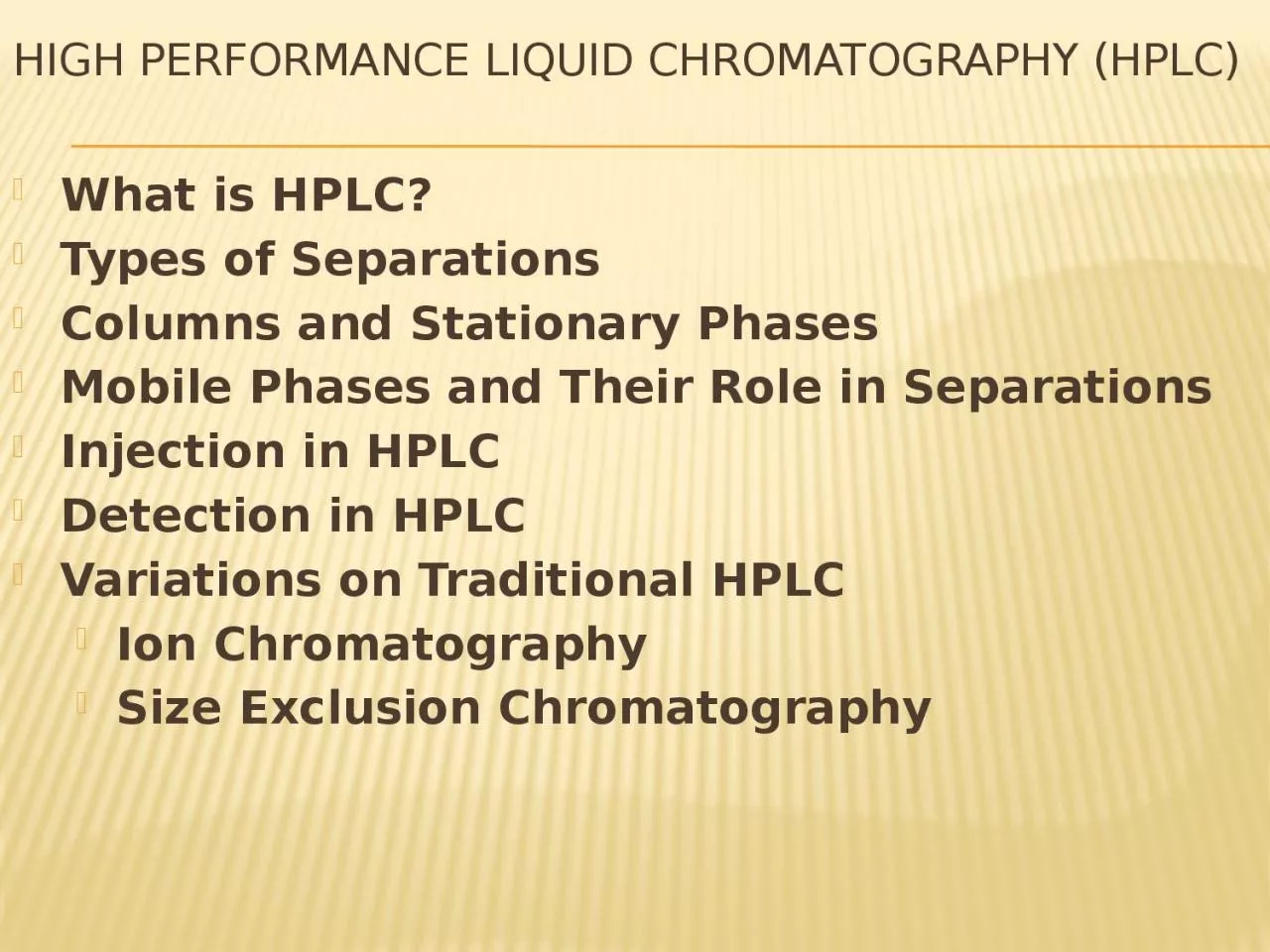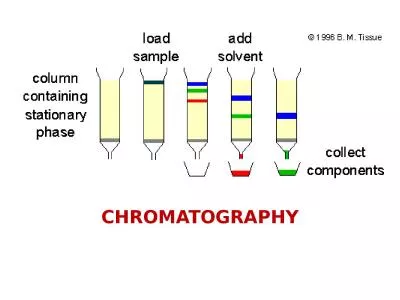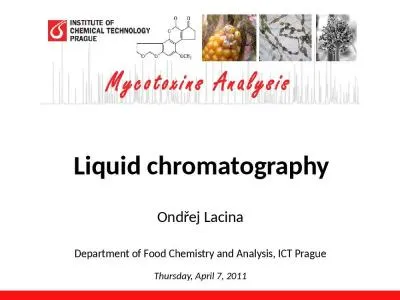PPT-High Performance Liquid Chromatography (HPLC)
Author : christina | Published Date : 2023-06-23
What is HPLC Types of Separations Columns and Stationary Phases Mobile Phases and Their Role in Separations Injection in HPLC Detection in HPLC Variations on Traditional
Presentation Embed Code
Download Presentation
Download Presentation The PPT/PDF document "High Performance Liquid Chromatography (..." is the property of its rightful owner. Permission is granted to download and print the materials on this website for personal, non-commercial use only, and to display it on your personal computer provided you do not modify the materials and that you retain all copyright notices contained in the materials. By downloading content from our website, you accept the terms of this agreement.
High Performance Liquid Chromatography (HPLC): Transcript
Download Rules Of Document
"High Performance Liquid Chromatography (HPLC)"The content belongs to its owner. You may download and print it for personal use, without modification, and keep all copyright notices. By downloading, you agree to these terms.
Related Documents














